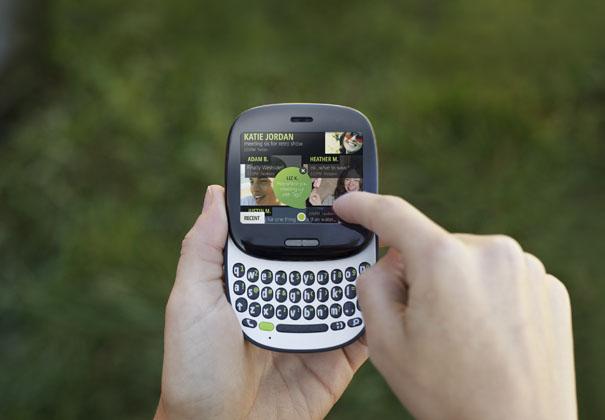
Just before the KIN's release, there was quite a stir about the mysterious new devices, a line of devices in a category of their own. It wasn't exactly a smartphone lien, and it wasn't – by Microsoft's standards – a featurephone line. But not long after its launch, the buzz mysteriously disappeared and Verizon and Microsoft pulled the plug on the KIN. Now Verizon is removing the KIN Studio, leaving current KIN users in darkness if they want to keep their KIN. Users do, however, have the option to switch to any other 3G device for free.
I've seen some embarrassing stuff in my day, but that device launch was just hard to watch. So what went wrong? Well...everything. From the price of the devices to the strange form factor, the KIN was alienated from the time it hit the sales floor. If the KIN had made its big debut before the Android craze, or even before the iPhone frenzy, it probably would have been somewhat successful, at least for a little while. But in a world where everything revolves around everyone getting computer-like function out of a pocketable device, the KIN was a hapless effort.
The KIN One and Two were respectively priced at $49.99 and $99.99 after $100 main-in rebates and a two-year agreement with Big Red. On top of that, there was a $30 (not $20) per month unlimited data fee, but for what? The only real differentiator between the KIN and a featurephone was its deep social media integration. You still got very poor web browsing and your most basic of Verizon's data features, but nothing that constituted paying an extra $10 per month. For $30 more upfront (at that time), buyers could have had a Droid Eris and had a complete smartphone experience for the same price each month.
Microsoft had a great idea, but they couldn't deliver. It was much too little and way too late. Years late. The KIN was released into the wild where its demographic was either gobbled up by featurephone users or full-fledged smartphone users. Most parents weren't willing to pay $30 per month to feed their child's addiction to Facebook. Those who were probably just bought their child a Motorola Droid or Droid Eris and called it a day.
If one thing went right for Microsoft though, it was marketing. It did cause a little stir, but when customers walked into the store and got all of the deets (not just what the commercials led them to believe), many felt like they had been duped. If Microsoft could have timed this a little better and priced their KINs a little more appropriately (data as well), Verizon would probably be selling them over featurephones left and right. Do you know anyone with a KIN? If so, how do they feel about Verizon shutting down the KIN Studio? Are they keeping their KIN or will they be getting something new?
Image via ZDNet